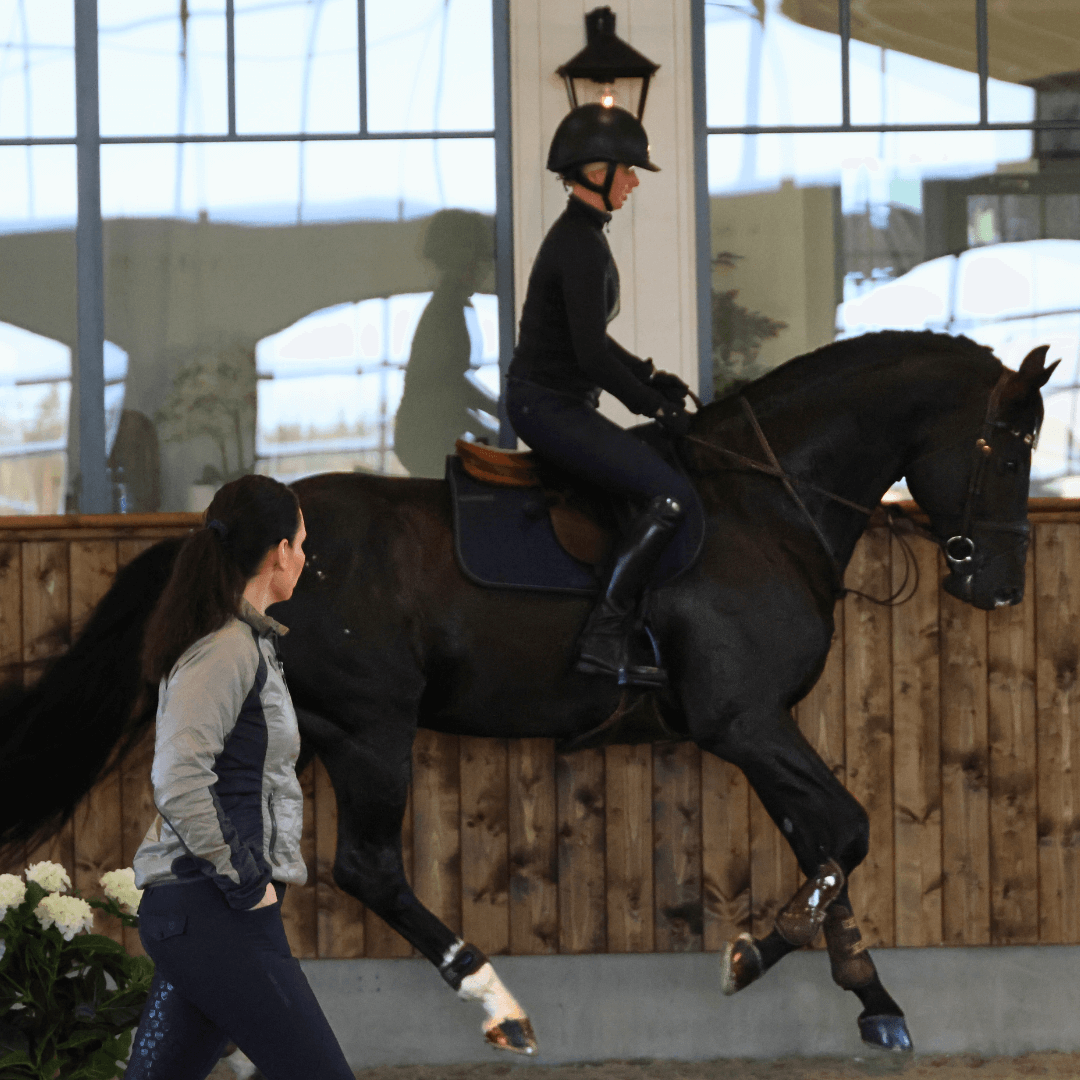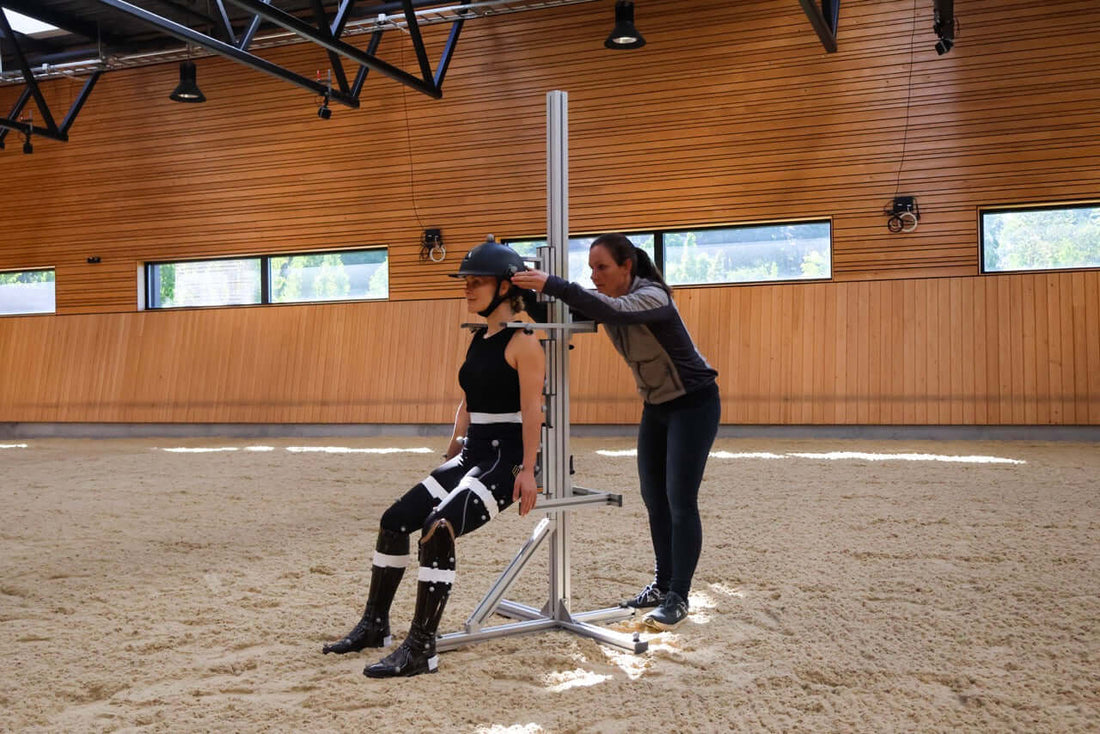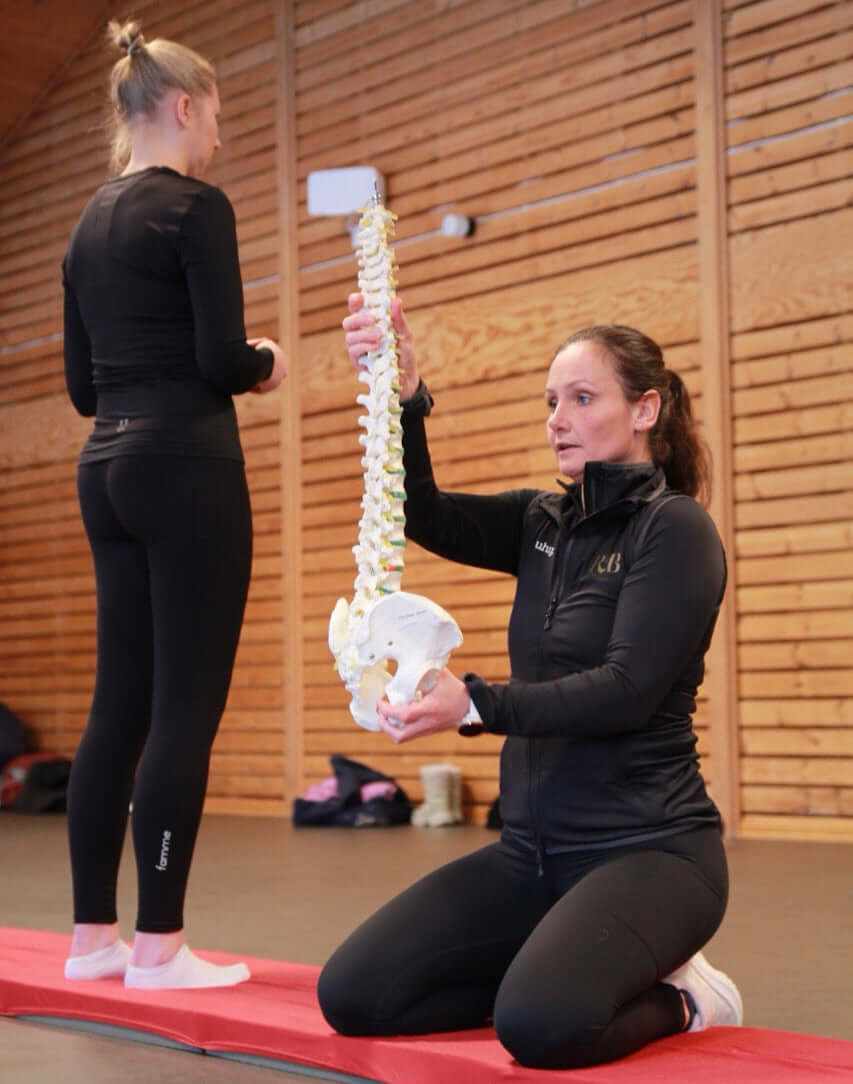How you sit on your horse has a direct impact on both your own balance and the horse's health. In a groundbreaking study led by Maria Terese Engell at the Swedish University of Agricultural Sciences (SLU), it was mapped for the first time how elite riders change their posture when they actively train their horse compared to when they sit passively and follow the horse's movements at a trot.
Using advanced motion analysis and saddle pressure gauges, seven elite riders and their own dressage horses were carefully analyzed. The study clearly showed how small changes in the angle of the pelvis and torso have a large impact on the load on the horse's back.
This research provides valuable insight for anyone looking to improve their riding and maintain their horse's well-being. A balanced and conscious seat makes you more efficient as a rider – and reduces the risk of back problems in your horse. At the same time, the study highlights the need for individual adaptation and good equipment control.
Whether you compete at a high level or ride for your own personal development, Engell's research can give you concrete advice and inspiration for better interaction with your horse. By understanding how your body moves in the saddle, you can make better choices – for both you and your horse.
1. Active sitting provides a more pronounced backward tilt of the pelvis and upper body
When the rider actively influences the horse in a collected trot, the pelvis tilts more backward and the upper body follows suit. This position – often described as a “driving seat” – makes the rider more stable and gives more precise signals to the horse.
2. Smaller weight surface, higher pressure on the horse's back
The active seat reduces the contact surface between saddle and horse by a whopping 29%, which results in higher point loads. This underlines the importance of a well-fitted saddle and regular checks for pressure points, especially in horses that are trained extensively in the collected trot.
3. Individual differences are significant – one method does not fit all
Although there were clear trends among the riders, the study also showed large individual variations in movement patterns. This means that each rider-horse combination must be viewed uniquely, and there is no “one size fits all” solution.



